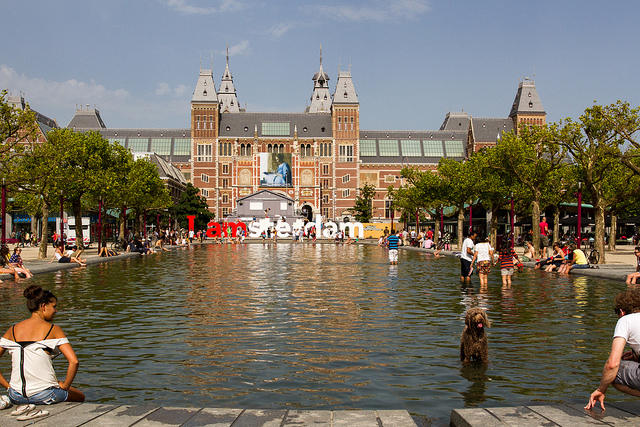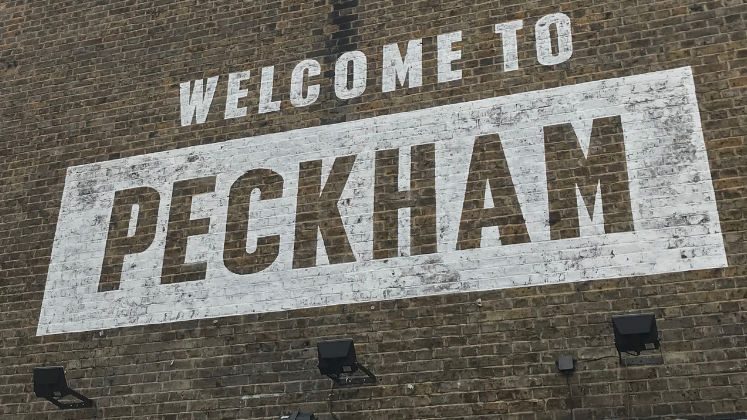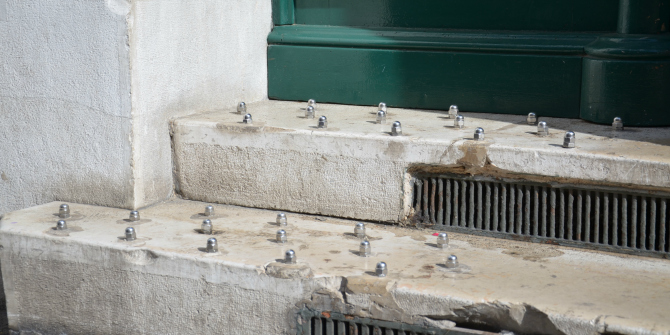 Museums: A Visual Anthropology traverses continents and centuries at a rapid, engaging and easily interpretive pace, providing a summary of the key ideas, debates and texts of the most important approaches to the study of museums from around the world. Essential reading for students of anthropology and museum studies, finds Jade Montserrat.
Museums: A Visual Anthropology traverses continents and centuries at a rapid, engaging and easily interpretive pace, providing a summary of the key ideas, debates and texts of the most important approaches to the study of museums from around the world. Essential reading for students of anthropology and museum studies, finds Jade Montserrat.
 Museums: A Visual Anthropology. Mary Bouquet. Berg Publishing. April 2012.
Museums: A Visual Anthropology. Mary Bouquet. Berg Publishing. April 2012.
Mary Bouquet’s approach to delving into our international treasure-troves is exciting, simple and direct. Bouquet’s is a charmingly digressive investigation covering all angles – museological, anthropological, ethnographical, scientific – comparable with her description of Foster & Partners British Museum Great Court, whose pathways “radiate out, cutting through the former linear narrative of empire.” (p. 121) Sparsely illustrated, and not in the accepted sense (the images are autonomous entities presenting enquiry rather than exemplifying a textural point), the book ultimately signposts readers to seek out field trips.
This is a condensed study of global culture: how it is shaped, what forms it takes, how it communicates and challenges. It describes historical models and conjectures future use citing contemporary institutions and methods as a guide. Students and lay readers of a cultural bent will be thrilled by Bouquet’s enquiry, which ultimately questions the use and management of museums, requiring discussion on matters of history, globalization, diversity, individuality, progress, universal cultural heritage and, dare one mention, civic pride.
The book reads instructively and conversationally, weighted by vibrant anecdotal appearances making the content juicy and laden with almost personal interest stories. Of course, these stories are personality centric detailing the donors, who have bequeathed collections as public cultural property. Bouquet has arranged Museums into six chapters and all are straddled by case studies with Teyler’s Museum in Haarlem, The Rijksmuseum in Amsterdam, and Pitt Rivers in Oxford receiving prominent treatment. Each chapter is appendixed by extensive notes pointing to further investigation, providing links between the chapters whilst detailing similarities and approaches between museums. At the end of each chapter the reader is invited to apply empirical research by completing exercises flanked by text boxes entitled “Key concepts” and “Further reading”.

Museums covers extraordinary ground within its 200 odd pages. The reader traverses continents and centuries at a rapid, engaging and easily interpretive pace. The spaces housing the objects are as important for reflection by the viewer, as backdrops and as statements, as the artefacts themselves. It is established that objects housed in the museum invariably give rise to a museums’ prominence, but architecture secures the institution on the consciousness of the town or city and as essential landmarks for tourists. How these spaces are changing is unpicked stressing the relevance of ownership, preservation, audience, accessibility, citizenship, and democracy, behind the scenes practice, education, audience, and finally the great decider: value.
Value must be stressed in relation to the “pillaging” (to put it mildly) incurred when colonialism was at its peak. The final chapter, 6, is dedicated to repatriation. One might regard the gestures undertaken by museums as a humanitarian model, or ideal. It enacts “a powerful re-humanization of these museum objects” (p. 154) demonstrating an understanding and analysis of the past making way for a present and future tolerance connoting “the restoring, returning, replacing and renewing of objects and images as well as the relationships that compose them” (p. 152). The injustices wrought are made apparent when we consider such “savage” spectacles as the Hottentot Venus, Saartjie (Sara) Baartman, a sensation in London and Paris, a victim of colonialism, science, racism and misogyny. “Anatomically unfamiliar-looking people were exhibited live as exotic specimens in popular shows, or taxidermically or otherwise preserved after death in museums, ostensibly as educational exhibits but more often as popular attractions” (p. 155). This ignoble and perverse “preservation” lunges straight towards questioning the function of museums, hosts to fascinating objects, and yet today, gladly, not at the expense of “phenotypical difference” (p. 156).
Clearly museums are to be considered as cultural institutions whose mechanizations operate within a global infrastructure. They display objects, themselves more complex than mere artefacts: they are sensory representatives of cultures past and present that are laden with meaning that may be interpreted for future use. Bouquet demonstrates that museum studies straddles media far wider than the vessel associated with the institution. Museums act as catalysts for reciprocity between indigenous peoples and their former colonists, serve to centre communities, generate pride in one’s identity, play host to all peoples whose visits stretch their imaginations and, in fact, as widely accepted, provide alternative spiritual, meditative, multicultural, postcolonial and, ideally, classless havens. In the case of the Rijksmuseum – whose re-opening occurred this year after 10 years of refurbishment – cultural, civic pride and democratic consensus was reached as to the use of the building, eliciting much celebration.
We can today join such celebration through the Internet. Museum websites are regarded as visitors’ primary introduction, covered in the first chapter, “Museums in the Twenty-First Century”. Bouquet discusses the trappings associated with this extension (as with this book describing museums, it is not comparable with direct experience, something, certainly the aura, is lost). The interesting point made to be explored further, for many of the museum websites visited fit a sort of generic mold, is that the website “is a work of art in its own right” (p.14) but the author goes on to add, in relation to Teylers Museum that “the building, its form and dimensions, the quality of its light, the materiality of collection objects, the ways these are integrated into cases, the disposition of collections in various rooms, the visitor’s perceptions and experiences of those spaces when moving through them and engaging with their contents – cannot be transmitted virtually.” (p. 16) The beauty of this theory is that we can all test it out from the comfort of our homes, or local library, in relation to our local/national museums, the aim being to entice you as a visitor in reality, for “The museum as a public resource base can be a place where vision and understanding are renewed and extended, a place that is attuned to the world outside its walls” (p. 188).
——————————————————–
Jade Montserrat is currently a resident artist at Crescent Arts, Scarborough. She read for a History of Art BA at the Courtauld Institute of Art, followed by an MA in Drawing at Norwich University College of Arts. Read more reviews by Jade.







